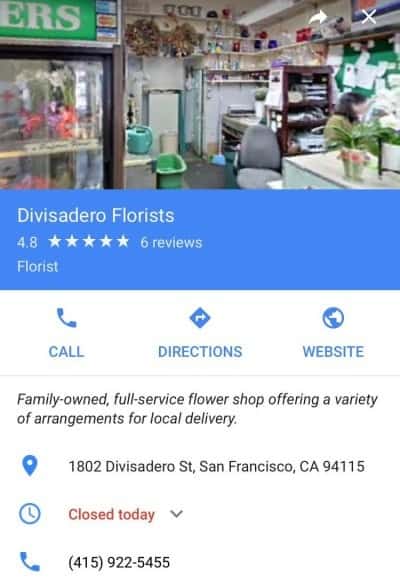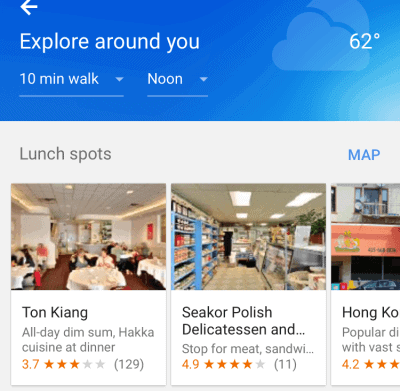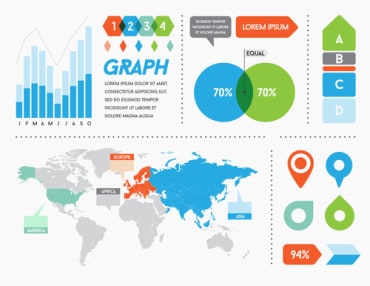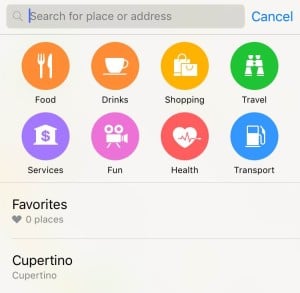
With growing use of “near-me” searches, business must win over customers in “micro-moments.”
Searching for a place to eat, shop, get an oil change — to purchase almost anything — is now a task routinely done on a smartphone. According to a Think With Google article, searches using “near me” have increased 34 times since 2011 and nearly doubled since last year. The vast majority of those searches come from mobile.
The use of “near me” search has profound implications for real-time marketing. Businesses will have to win on mobile and in seconds, or what are now called “micro-moments.”
“When we act on our needs in-the-moment, our expectations are high and our patience is low,” Google notes. “This makes the quality, relevance, and usefulness of marketing more important than ever.”
Here’s what a “near-me” search on Google produces on an iPhone when I searched for a florist in my neighborhood:
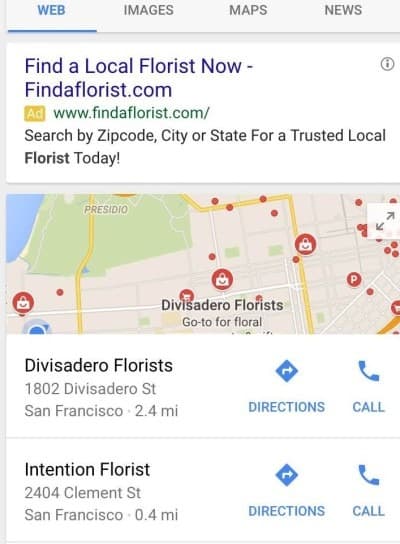
Clicking on a business on the map brings up a separate listing page. Notice how the photo, ratings, location, and time figure prominently:
One can get something slightly different accessing the Google Maps app and selecting the “explore around you” feature. But location, photo, ratings, and time are still key metrics:
Marketing in Micro-Moments
The metrics might be used in any number of ways for marketers. With time and location, for instance, businesses can monitor the effects of store openings and closings against the competition.
For ratings, analyzing social sentiment is a standard practice for many retail businesses from restaurants to hotels. Advanced approaches use forms of real-time sentiment analysis and text analytics to gauge online reviews and customer feedback from a variety of sites.
Immediate improvements can be made even without software, however. Take a look at some some of the restaurant photos above in the Google Maps example — they look look a bit drab. By contrast, here’s a search on Apple’s Maps app for “popular food” near Apple headquarters in Cupertino, California:
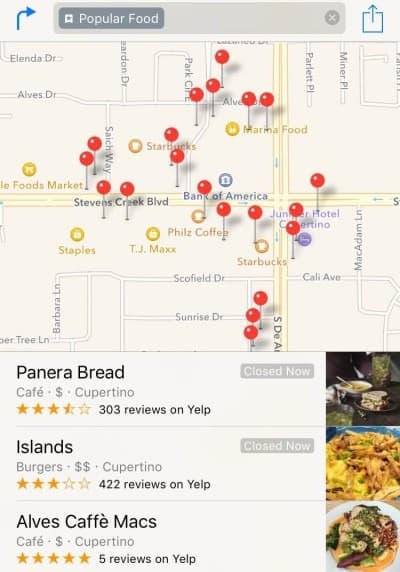
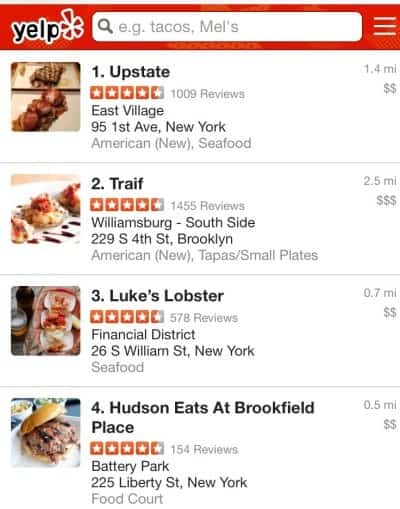
To reiterate how important real-time marketing has become, Google reports that 50 percent of consumers who conduct a local search on their smartphone visit a store within a day, and 18 percent of those searches lead to a purchase. “It’s essential that brands be there in these moments that matter—when people are actively looking to learn, discover, find, or buy.”
Want more? Check out our most-read content:
Frontiers in Artificial Intelligence for the IoT: White Paper
Why the Utility of the Future Is Real-Time
Research from Gartner: Real-Time Analytics with the Internet of Things
Lavastorm: How to Get a Handle on Fast Data
5 Key Considerations for Operational Intelligence
Liked this article? Share it with your colleagues using the links below!



